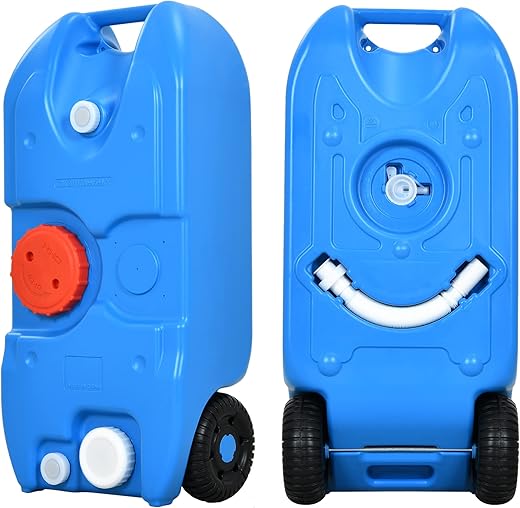









Understanding Holding Tanks: Essential Insights for Every Homeowner
When it comes to maintaining a home, the intricacies of plumbing are often overlooked. One crucial element of plumbing that requires your attention is the holding tank. Whether you’re residing in a rural area or simply using a septic system, understanding holding tanks can save you time, money, and headaches.
What is a Holding Tank?
A holding tank is a temporary storage solution for wastewater, often used in areas without a direct connection to a municipal sewer system. Think of it as a large container that collects and stores sewage until it can be disposed of properly. This is especially vital for homes that rely on septic systems or those situated in remote areas.
Why Are Holding Tanks Important?
Holding tanks serve several essential purposes. First, they are crucial for environmental protection. By collecting waste, they prevent contamination of groundwater and surface water. Second, they provide a buffer during peak usage times. Have you ever thrown a party and wondered if your plumbing could handle all those extra guests? Holding tanks can manage those surges efficiently. Lastly, they help in compliance with local regulations, ensuring that homeowners follow necessary waste disposal protocols.
How Do Holding Tanks Work?
At first glance, the mechanics of a holding tank may seem intimidating, but it’s quite straightforward. Wastewater from your home flows into the tank through a series of pipes. Once inside, the tank stores the waste until it reaches a designated level. When full, the waste is pumped out and transported to a treatment facility or septic system for processing.
Imagine a sponge soaking up water; a holding tank acts similarly, absorbing and containing wastewater until it can be dealt with appropriately. Regular maintenance, including emptying the tank, is crucial to ensure it functions effectively.
Types of Holding Tanks
There are various types of holding tanks available, each designed for specific needs:
1. **Septic Tanks:** These are commonly used in rural areas and treat wastewater on-site before discharging it into the soil.
2. **Cesspools:** An older method, cesspools allow waste to seep into the ground but can be less effective and more prone to contamination.
3. **Portable Holding Tanks:** Often used for RVs or temporary setups, these tanks are easy to transport and empty.
Choosing the right type depends on your location, local regulations, and how you plan to use the tank.
Signs Your Holding Tank Needs Attention
Just like a car, your holding tank requires regular check-ups. Here are some warning signs that it may need maintenance:
– **Foul Odors:** If you notice a lingering sewage smell around your home, it’s time to investigate.
– **Slow Drains:** Slow drainage can indicate that your tank is nearing capacity.
– **Pooling Water:** Puddles near the tank can signal leaks or overflows.
Ignoring these signs can lead to costly repairs or health hazards, so it’s best to act promptly.
Maintenance Tips for Holding Tanks
Keeping your holding tank in good shape doesn’t have to be a daunting task. Here are some practical tips:
– **Regular Pumping:** Schedule pumping at least once a year, or more frequently if you have a large household.
– **Monitor Usage:** Be mindful of water usage, especially during holidays or gatherings.
– **Use Biodegradable Products:** This minimizes harmful chemicals entering your tank, making it easier to break down waste.
By following these simple guidelines, you can extend the life of your holding tank and ensure it operates efficiently.
Common Misconceptions About Holding Tanks
Many homeowners harbor misconceptions about holding tanks. One prevalent myth is that they never need maintenance. In reality, regular pumping and inspection are vital to prevent overflow and environmental contamination. Another common belief is that anything can be flushed down the toilet. This couldn’t be further from the truth. Non-biodegradable items can clog the system, leading to costly repairs.
Conclusion
Understanding and maintaining your holding tank is essential for any homeowner, particularly those in areas without municipal sewage systems. By recognizing the importance of these tanks and implementing regular care practices, you can help safeguard your home and the environment. Remember, a well-maintained holding tank is not just a convenience; it’s a responsible choice for sustainable living.
FAQs
1. How often should I pump my holding tank?
It’s advisable to pump your holding tank at least once a year, or more frequently depending on the size of your household and usage.
2. Can I use chemical additives in my holding tank?
While some additives can help break down waste, it’s best to use biodegradable products to avoid harming the bacteria that process waste.
3. What should I do if I notice a sewage smell near my home?
If you detect a sewage odor, it’s crucial to check your holding tank immediately. This could indicate a full tank or a leak that requires urgent attention.
